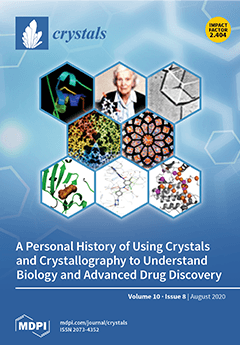This study used the solvent monoethylamine (MEA)/CaCl
2/H
2O to investigate CO
2 absorption and CaCO
3 crystallization in a bubble column scrubber. The variables explored were pH, gas flow rate, gas concentration, the liquid flow rate of the solution to
[...] Read more.
This study used the solvent monoethylamine (MEA)/CaCl
2/H
2O to investigate CO
2 absorption and CaCO
3 crystallization in a bubble column scrubber. The variables explored were pH, gas flow rate, gas concentration, the liquid flow rate of the solution to absorb CO
2, and CaCO
3 crystallization. Under a continuous mode, the solution of CaCl
2 was fed continuously, and the pH dropped after CO
2 absorption. To maintain the set pH value, there was an automatic input of the MEA solvent into the bubble column. In addition to maintaining the pH, the solution could also absorb CO
2 and produce CaCO
3 crystals, which served two purposes. The results showed that there were mainly vaterite crystals. At different pH values, the lower the pH, the higher the precipitation rate of vaterite (F
p), and vice versa. However, under different gas flow rates, the F
p decreased as the pH value increased. Additionally, the process variables also affected the absorption rate (R
A) and the overall mass-transfer coefficient (K
Ga) generally increased with increasing pH, gas concentration, and gas flow rate. However, it slowed down under operating conditions at high pH and high gas flow rate. Finally, correlation equations for R
A, K
Ga, and F
p were also obtained and discussed in the study.
Full article





